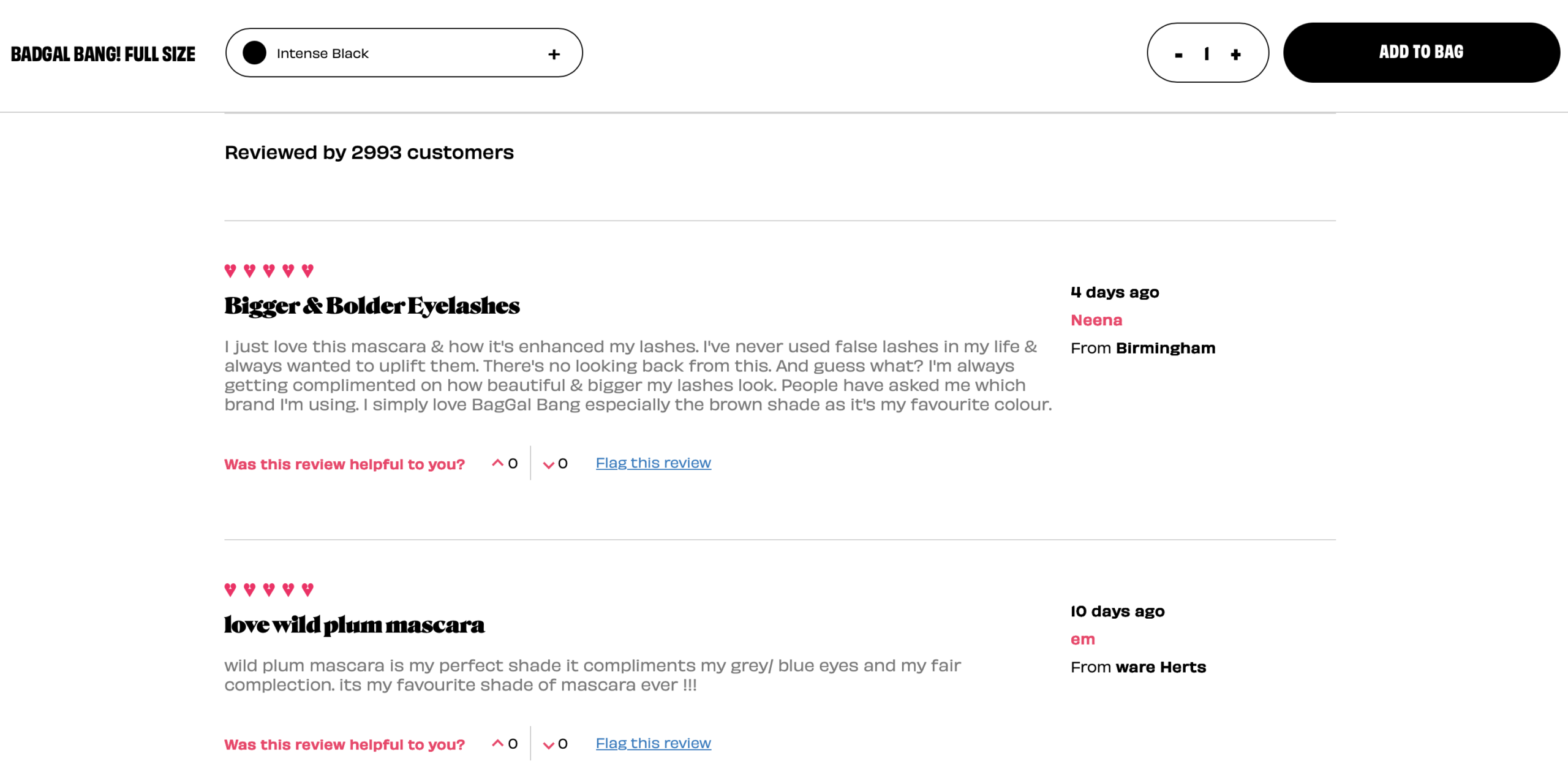SEO is undergoing its biggest shift in two decades. The old playbook that is chasing blue links and keyword rankings is being rewritten as search evolves into AI-generated answers. Instead of scrolling through SERPs, today’s users increasingly get direct responses from tools like ChatGPT, Google’s Search Generative Experience (SGE), Perplexity, and Bing Copilot.
The numbers tell the story. By 2026, Gartner predicts 30% of all search queries will be AI-driven, bypassing traditional search engines altogether.
This shift means SEO is now about being referenced. Generative SEO (GEO) rewards brands that consistently appear in AI answers, not just on page one of Google. And what fuels those answers? Public, structured, and authentic UGC.
That’s why UGC + ChatGPT have become the new power duo of SEO: UGC supplies the trust signals AI engines need, while ChatGPT and other generative tools amplify that content into influential recommendations.
Why UGC Fuels Generative SEO
If traditional SEO was fueled by backlinks and keywords, Generative SEO is fueled by UGC. User-generated content has the three qualities AI engines value most:
- Authenticity → Reviews, unboxings, and testimonials are trusted because they come from real people, not brand spin. Generative engines like ChatGPT or Perplexity surface these voices because they mirror what customers are really saying.
- Freshness → AI thrives on recency. A product with a steady flow of new reviews and social posts signals ongoing relevance, making it more likely to be pulled into generative answers.
- Public & Crawlable → Unlike gated brand surveys, UGC published on open platforms (review sites, YouTube, TikTok, forums) is easily discoverable by AI crawlers.
This is how AI tools build a brand’s “memory.” Just as backlinks once told Google which sites were authoritative, consistent, structured UGC tells AI which brands are trustworthy and worth mentioning.
For Example: When shoppers ask ChatGPT or SGE “best mascaras for volume,” the AI may cite Benefit’s BADgal BANG! Mascara not because of brand ads, but because hundreds of fresh reviews and creator posts reinforce its authority.
ChatGPT’s Role in SEO Discovery
ChatGPT and other generative engines are changing how people discover brands. Instead of typing a keyword and scanning ten blue links, users now ask complex, conversational questions like “What’s the best hand blender for daily use under $150?” The answer they get back often references specific products. These are pulled not from ads, but from structured and publicly available content such as reviews, tutorials, and forum discussions.
What matters most to these tools is authority through consistency. When the same product is mentioned positively across multiple creators, platforms, and reviews, it builds a kind of “consensus signal.” This tells ChatGPT the brand is trustworthy and relevant, making it more likely to appear in future answers.
The effect compounds with volume:
- One review = one data point.
- Ten reviews across different platforms = a brand presence.
- Hundreds of reviews, unboxings, and tutorials = authority in the AI’s memory.
This is the multiplier effect of UGC: the more authentic voices talking about your product, the more confident AI tools become in recommending it. Unlike traditional SEO, where one strong backlink could dramatically shift rankings, in Generative SEO it’s the breadth and consistency of UGC that moves the needle.
Turning UGC into Generative SEO Wins
Generative engines don’t just reward polished brand content they surface the voices that feel authentic, consistent, and accessible. That’s why UGC is the most powerful lever brands can pull to increase their visibility in ChatGPT, Google SGE, Perplexity, and beyond.
Here’s how to make it work:
- Encourage and publish authentic UGC → Run campaigns that spark reviews, testimonials, and tutorials. The more natural and relatable the content, the stronger its impact on AI-driven discovery.
- Optimize with customer language → Reviews and creator posts rich in real search terms (“works on sensitive skin,” “best value under $50”) align perfectly with how users frame their questions to ChatGPT and other AI tools.
- Make it crawlable → Publish UGC on open platforms where AI engines can find it. Use schema markup, descriptive alt text, and detailed captions so that structured signals strengthen discoverability.
The reason ChatGPT and similar tools surface UGC-rich brands more often is simple: they’re training on signals of trust. When multiple independent creators and customers echo the same value points about a product, it tells the AI this brand is worth recommending.
Benefit Cosmetics Driving AI Visibility with UGC

Beauty is one of the most competitive categories in both ecommerce and search, where shoppers constantly ask AI engines questions like “What’s the best mascara for volume?” or “Which brow products are trending right now?” Benefit Cosmetics shows how strong review velocity and authentic creator content can translate into discoverability inside generative engines.
Benefit’s hero products such as BADgal BANG! Mascara consistently generates hundreds of fresh reviews and authentic creator posts. This steady flow of UGC ensures:
- High review velocity → New reviews appear every week, signaling freshness and ongoing popularity to AI tools.
- Cross-platform presence → Creator content surfaces on TikTok, Instagram, and YouTube, amplifying Benefit’s authority through multi-channel visibility.
- Authentic consensus → Multiple independent voices highlight the same benefits (e.g., long-lasting wear, volumizing effect), creating the kind of consensus AI engines interpret as trust.
When users query generative engines like ChatGPT or Perplexity about mascaras with volume or brow products with precision, Benefit is more likely to be cited. This is not because of ad spend, but because of the depth and freshness of UGC fueling the AI’s “memory.”
This case shows the new formula clearly: social proof + recency + structured UGC results in a higher chance of brand mentions inside AI-generated answers.
Conclusion
UGC has evolved far beyond being a nice-to-have trust signal on product pages or social feeds. Today, it’s the very fuel of Generative SEO. It’s the raw material that powers how AI engines like ChatGPT, Google SGE, and Perplexity decide which brands to surface in their answers.
As search shifts from ranking links to referencing voices, brands that rely solely on traditional SEO risk becoming invisible.
The takeaway is clear: don’t treat UGC as an afterthought. Make it the backbone of your SEO strategy. Invest in reviews, creator campaigns, etc. that speak the language of your customers, because those are the signals AI trusts most.









